
What’s the wildest animal you’ve spotted in your neighborhood? A rabbit dashing into the bushes? A raccoon trotting down the alleyway? Maybe even a coyote out for a morning prowl?

These are just a few of the animals that call Chicago home. And you can help zoo scientists identify this amazing local wildlife by visiting Chicago Wildlife Watch.
Developed in partnership by the Lincoln Park Zoo’s Urban Wildlife Institute and Adler Planetarium’s Zooniverse, Chicago Wildlife Watch contains more than 1 million photos of local deer, dogs and other animals. These pictures were gathered through the zoo’s Urban Wildlife Biodiversity Monitoring project. Started in 2010, this effort has seen zoo researchers install more than 100 motion-triggered cameras in locations ranging from the Loop to the suburbs, all with the goal of collecting the most comprehensive portrait of urban wildlife ever made.
But while the cameras are automated, identifying the animals isn’t. That’s where we need your help. Everyone who visits the Chicago Wildlife Watch website and spends a few minutes sorting the flying squirrels from the empty frames can help us analyze this awesome data set—and build a better understanding of Chicago-area wildlife.

Zoo researchers have already learned a lot about Chicago species. They’ve discovered that skunks and red foxes tend to stick to the suburbs while “raccoons and coyotes are everywhere.” Scientists have found that deer buck the urban-animal trend by grazing during the day. They’ve even set up special acoustic-monitoring stations to identify bats fluttering overhead at night.
Chicago Wildlife Watch gives you the opportunity to lend scientists a hand—and see some cool photos of local wildlife. Give it a try.
Seth Magle, PH.D., is the Director of the Urban Wildlife Institute at Lincoln Park Zoo.






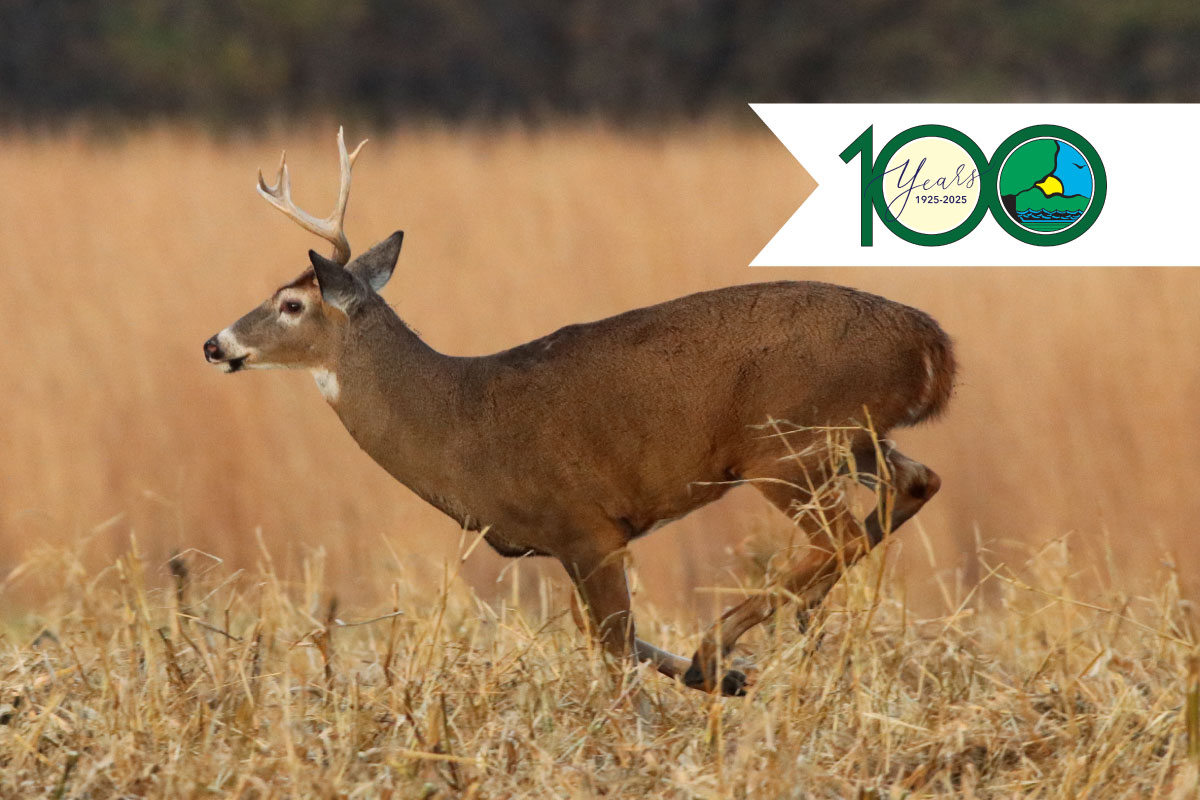




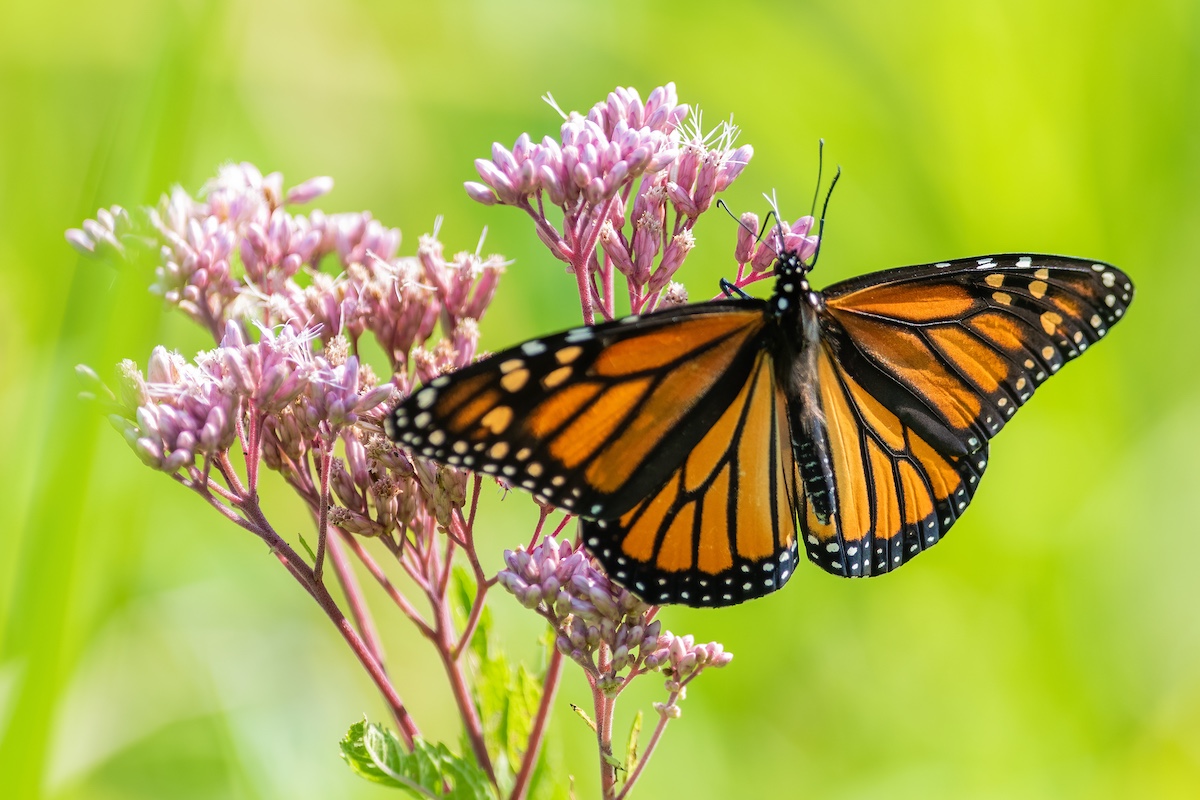
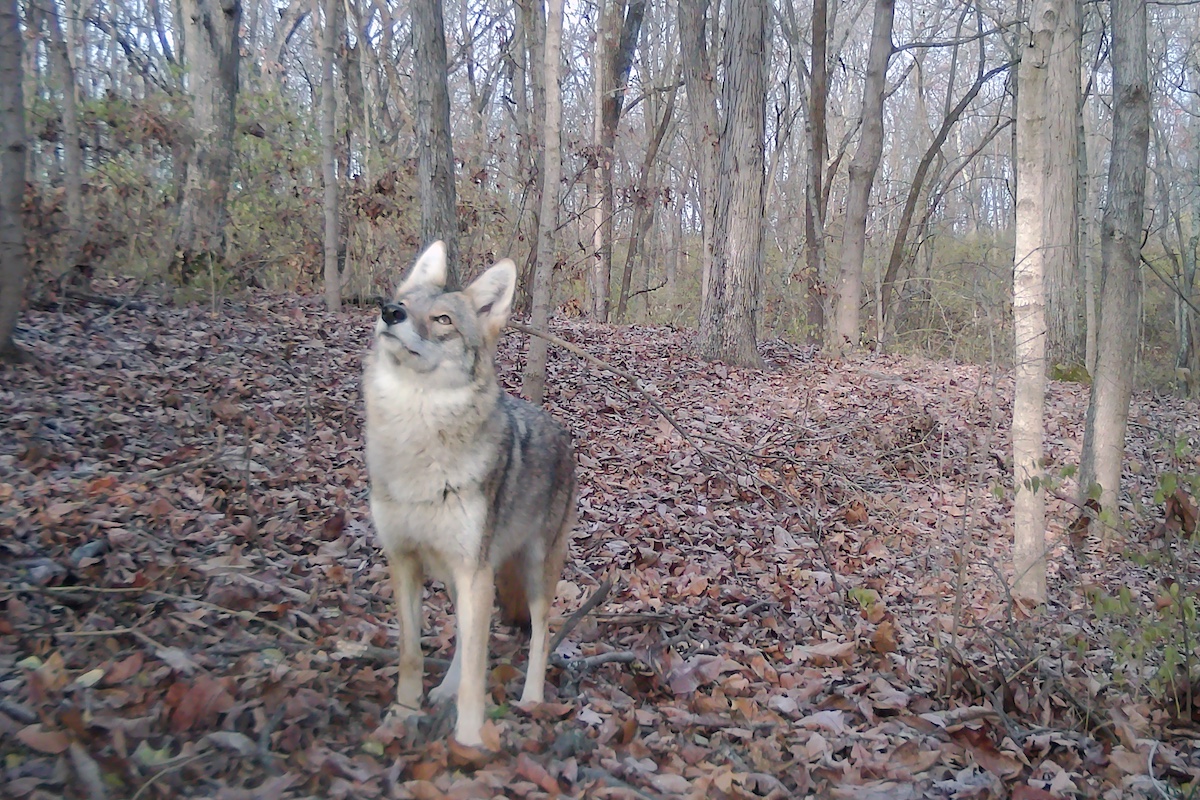
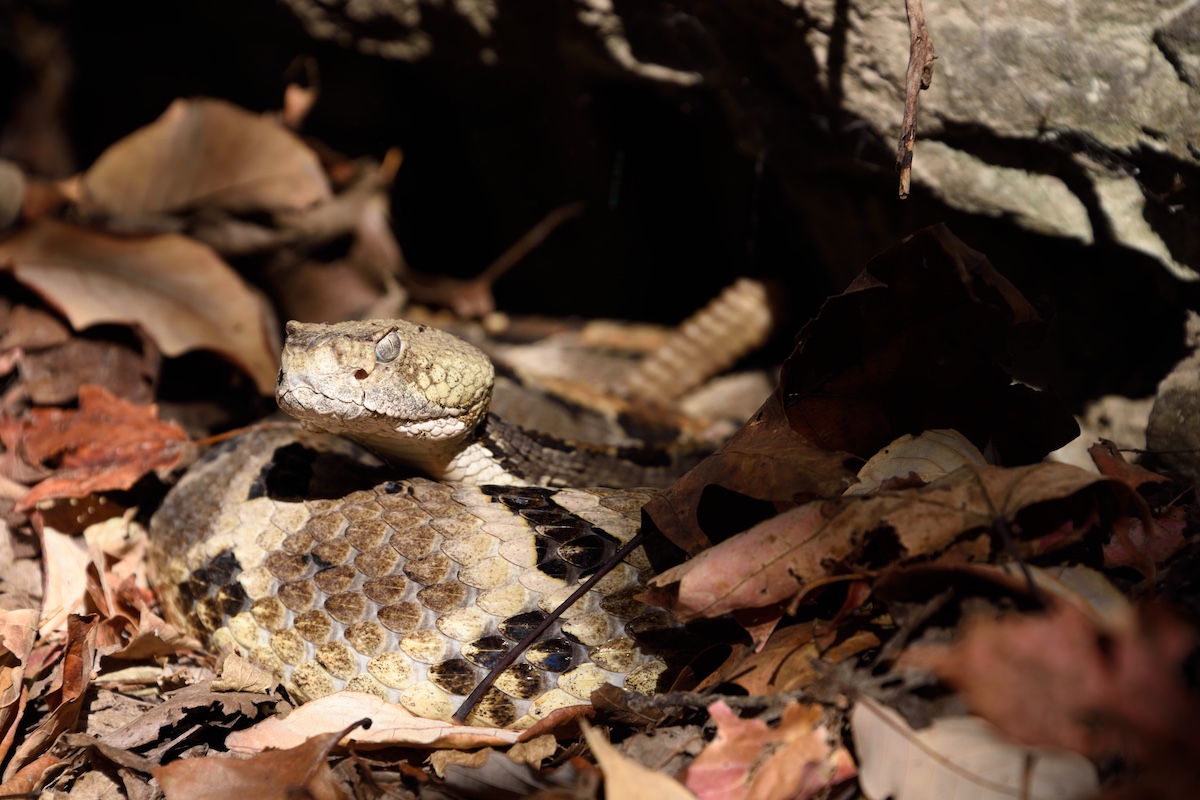
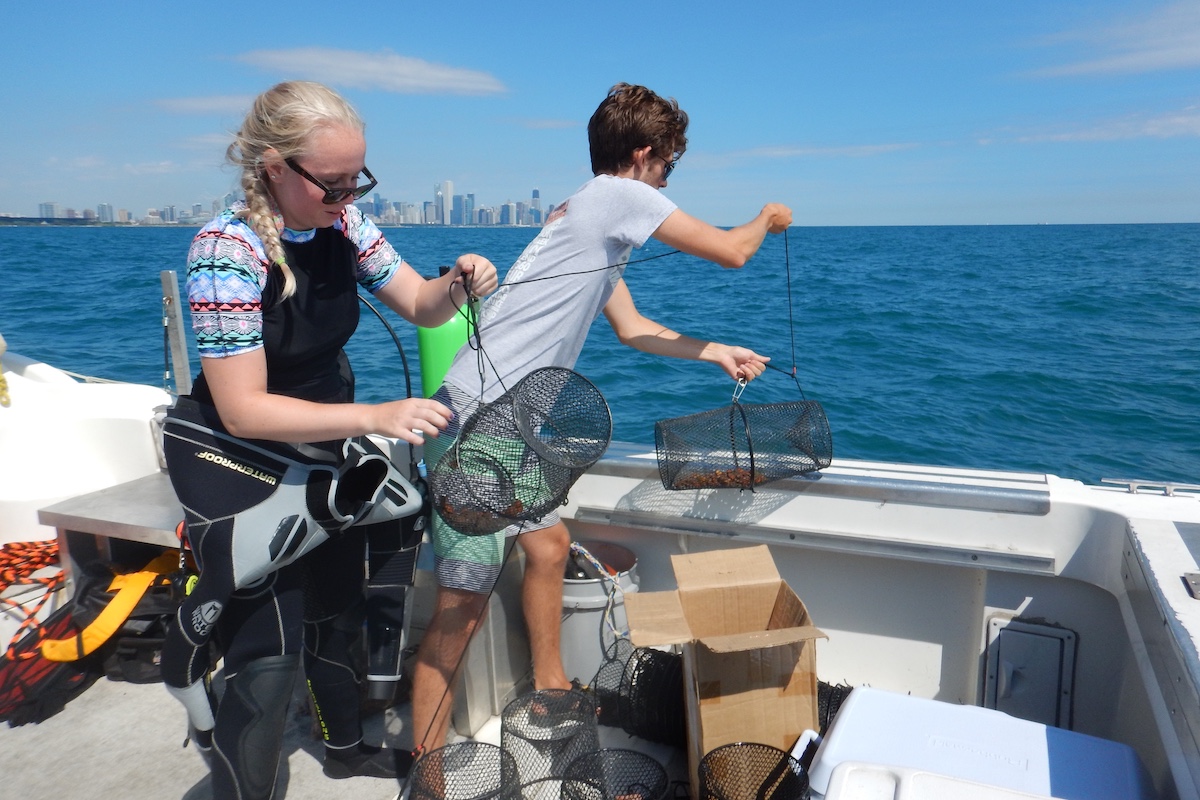
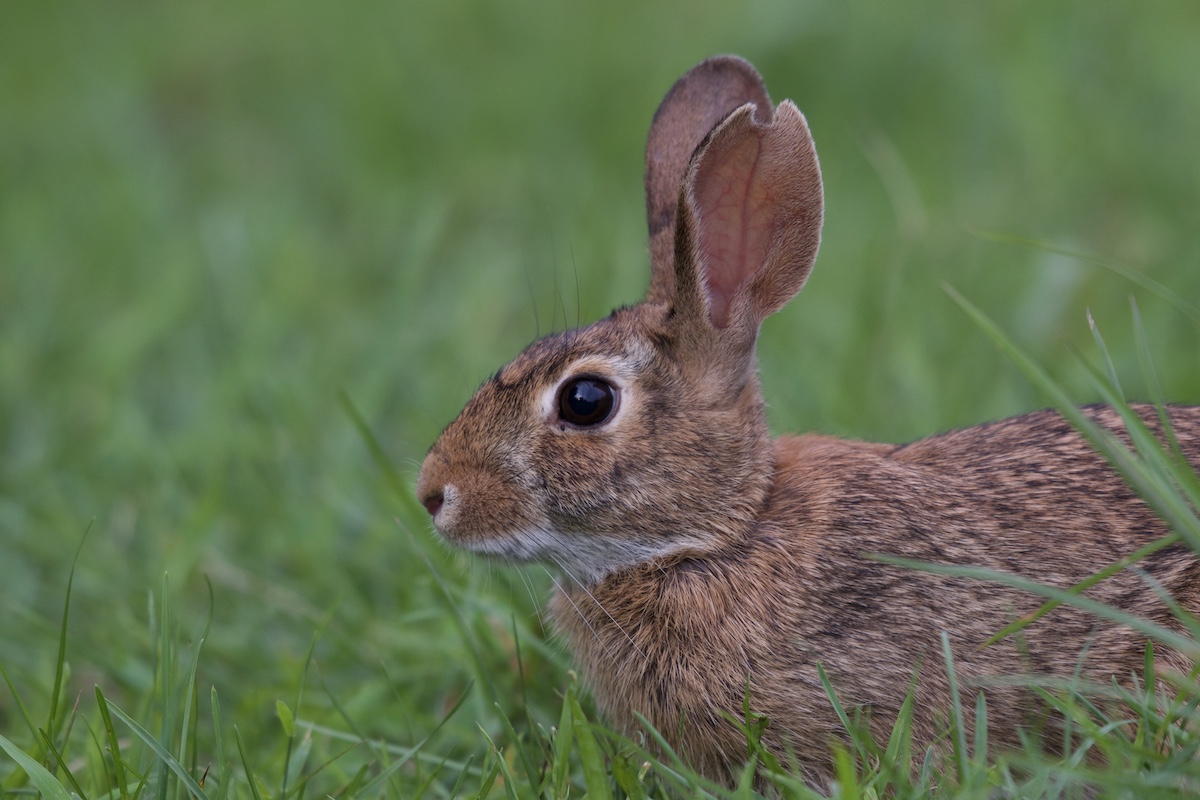
Submit a question for the author